In 2019, liberalism remains in most Western countries the dominant ideaology in some shape or form, but increasingly, more conservative outlooks are gaining ground, with growing voter bases for right-wing parties in the Netherlands, Germany, France, Italy and Sweden amongst others. This change alarms some and surprises many, as it's usually portrayed that society has been becoming rapidly more liberal in the last 100 or so years, and so a change to the reverse is viewed as a shock. Looking at the period as a whole, you'd say that's correct. But of course, history isn't quite that straightforward, and liberal-conservative has been more of a swinging pendulum in that time in my opinion, with public opinion shifting if one side or the other if whichever is dominant at the time is seen to go too far or fail the public. This is MyTake on liberalism vs conservatism in the past 100 years: why one side or the other gains or loses ground, and how this might help us predict the change coming now.
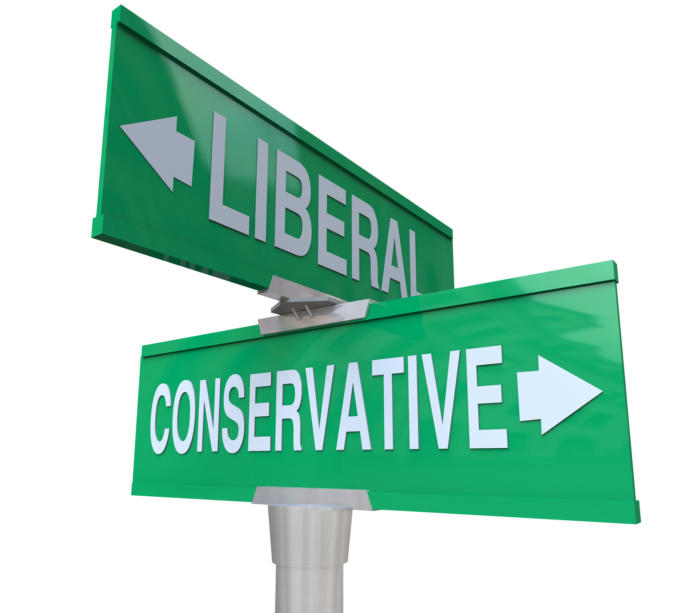
-Emerging from a very conservative period of the 19th century into the 20th, things began to change in the 1910s and into the 1920s. Gender roles changed with women being allowed to vote and the aftermath of WWI plus the invention of labour-saving devices in the home meaning more women entered the workplace. Immigration also majorly increased and many new ethnic groups found homes in the USA.
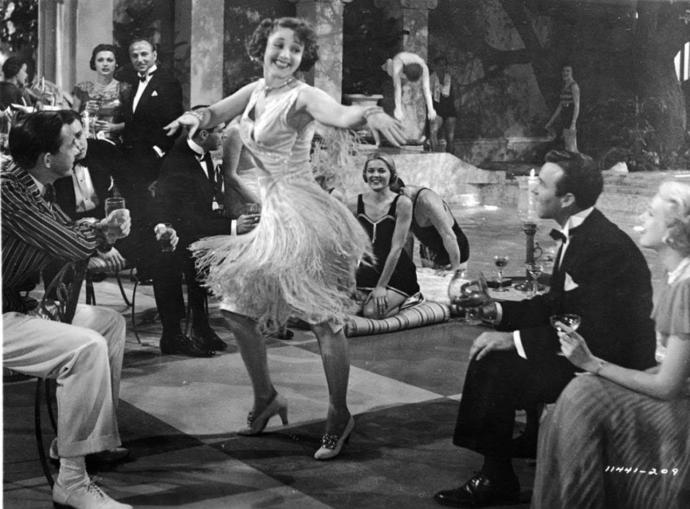
-The 1930s and 40s saw a swing away from this liberalism following the stock market crash as communities battoned down the hatches in times of austerity. Radical controlling systems of government rose with Stalin in communist Russia and fascism in Germany, Italy and Spain that asserted ultra-traditionalist values and ethnic/national supremacy, and these had their share of sympathisers even in democratic countries. Liberalism became less popular.

-After WWII and into the 50s, the defeat of the Nazis started to change opinions as even hardline conservatives were appalled by the systematic ethnic cleansing by Hitler, and assertions of racial superiority/inferiority became forever synonymous with dictatorship. Meanwhile the colonial powers of Europe rebuilt following the war, and following the devastating losses, many needed to bring in young workers from their overseas territories to add to the workforce, forcing a change in views on race at home. Meanwhile WWII had produced the same effect as WWI for women's role in society, and black Americans found employment in the army and under FDR's 'alphabet agencies' giving them a greater stake in America. Liberalism couldn't really explode yet with the hanging threat of the peak of the Cold War. It really got underway especially in the USA with the youngest and first Catholic President Kennedy and subsequent resolution of the Cuban Missile Crisis; the USA and USSR never came as close to war again. The advent of civil rights and liberalisation of sexual attitudes including decriminalising homosexuality and birth control becoming more prevalent as part of this liberal movement.
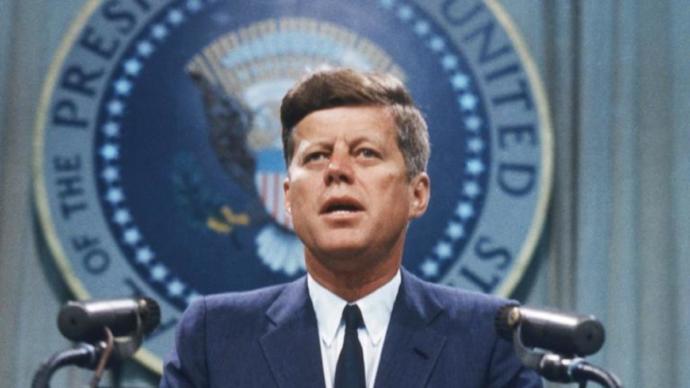
-However, the end of the 1960s saw the stock of the left fall as the USA began to question 'moral crusades' with their role in the Vietnam War; both liberal and conservative Americans rejected the war, including many of the young working-class urban voters that the Democrats relied on. After a long while of Democratic Presidents with only Eisenhower breaking their run from 33-68, Nixon began a run from 68-92 where only Jimmy Carter broke the string of Republicans in the Oval Office. Ronald Reagan was probably the most notable president in this time and asserted trickle-down capitalism and family values, promoting a more traditional structure in society. His views were echoed by other world leaders at the time, including Margaret Thatcher in Europe, and the de-industrialisation of some Western countries like Britain left many of the working classes who had been the lifeblood of the left at a loss of what to do, allowing a more conservative outlook to prosper in this time.
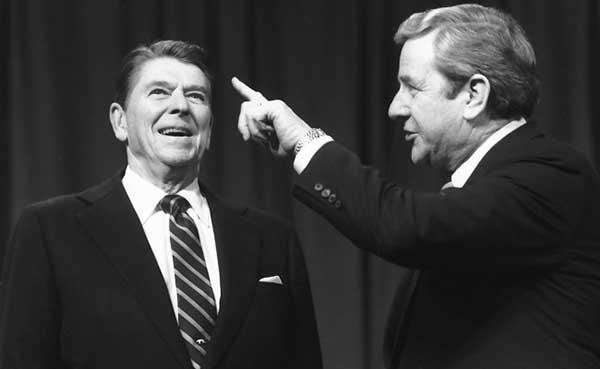
-The 1990s saw a brief swing back the other way with a rejection of 'monetarism' and the feelgood factor following the end of the Cold War with symbolic moments like the reunification of Germany in 1991. Bill Clinton in the mid 1990s seemed to epitomise a new generation in America. Alternative counter-culture in art and music was more commonplace. Positive relations with the Eastern bloc were cemented as more Soviet satellites gained their independence and deposed dictatorial regimes.
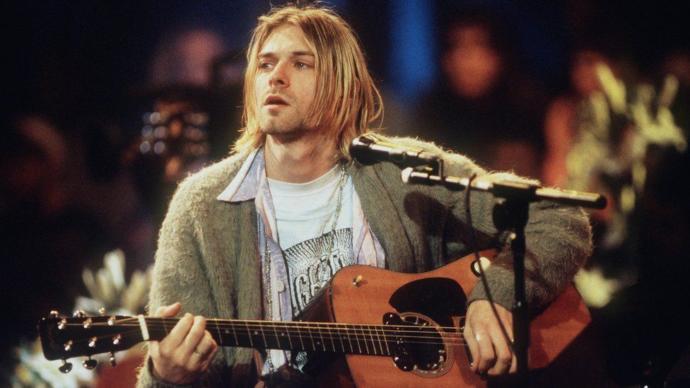
-The early 2000s was possibly an even briefer swing back, with George W. Bush representing a victory for the New Christian Right and something of a symbol of older traditional patriotism. Bill Clinton's image had been badly tarnished by the Lewinsky scandal, allowing again something of a swing back towards 'traditional' family values. Global tensions were ratcheted back up with the War on Terror, and the honeymoon period of East-West relations ended with Vladimir Putin representing a more conservative stance in Russia, representing a fall back for liberalism.
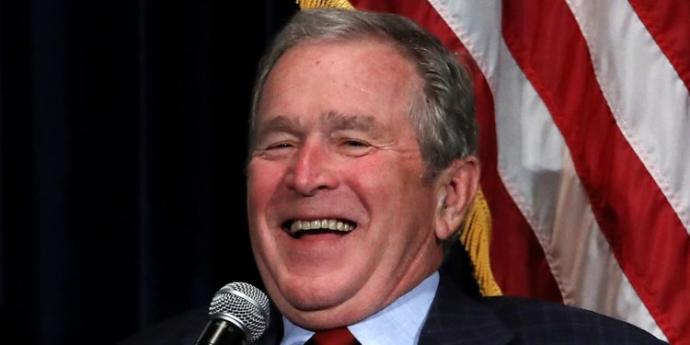
-In the last decade or so, the pendulum has swung back for liberalism. Maybe the catalyst for this was the election of the USA's first black president with many expecting Obama to be the start of another new era. Obama's presidency didn't change too much by way of legislation, but the wider world has changed perhaps more rapidly than ever before; secularism and atheism at an all-time high and the legalisation of same-sex marriage alongside the emergence of the 'LGBT' community.

The trend seems to follow, then, that one social side will enjoy a period of success until something or multiple somethings associated with their ideaology appears to go too far or damage the public, whereupon the public will become more sympathetic to the other side, which will build on its platform until it is the dominant one. And of course, they will eventually meet the same fate, and the cycle will begin again. This appears to be what is happening today- too much is happening that the 'swing voters' in the middle of society are taking a dislike to on the liberal side, and as ever, one side's loss is the other's gain. The increasing prevalence of 'political correctness' and perceived restrictions of freedom of speech and everyday values are unpalatable to too many people. The crisis in Syria and the Middle East requiring Western mediation and the rise of ISIS and associated terror attacks has damaged faith in multiculturalism. Thus more people are becoming more open to the conservative messages of Donald Trump and others.

Looking at this pattern in history, it is unlikely that this change will be permanent. The public sympathy will be with one side for only so long. Different factors also impact the popularity of one side or the other- an ideaology appearing to be under attack or persecuted will strengthen its support; for example, the heavy-handed police tactics used against black civil rights protestors in the 1960s increased support for the civil rights campaign. Arguably, this has helped conservatives in the past few years, with the perception of a media or political agenda against figures like Trump fuelling more support for them, but becoming the dominant ideaology, if indeed they do, may change this perception. But however it happens, the 2020s does now seem likely to see a mini renaissance for conservatism in the West, in which case supporters of liberalism may need to reassess some of their goals or critique their public image to a greater extent.
Anyway, that's MyTake.
What Girls & Guys Said
Opinion
3Opinion
The thing is liberalism has gotten so ridiculous in recent years with the censorship, banning of freedoms, identity politics, and propaganda in universities that it isn’t liberalism anymore it’s authoritarianism, so the people are reacting in the exact opposite direction, even tho conservatives still do have a lot of authoritarian policy’s they like to apply it is a lot less ridiculous so people are voting conservative just to try and save the few freedoms they have left (they should be voting libertarian but I don’t think a lot of people understand that)
Modern liberalism bears little relation to classical liberalism, or libertarianism. Stalinists, rent seekers, and control reaks needed a lesser used political term to hijack, so they stole terms like 'liberal' and 'progressive.'
Extremism on either side of the spectrum are both cancerous poisons on society.
Share the first opinion in your gender
and earn 1 more Xper point!